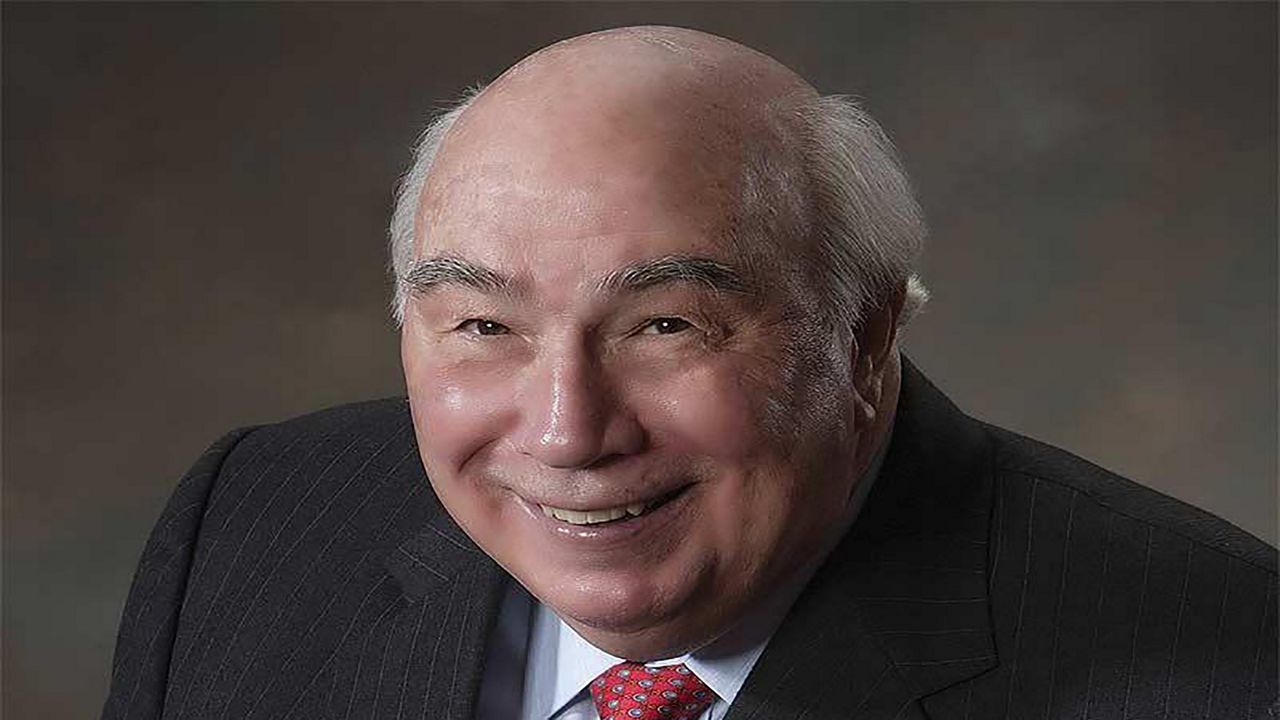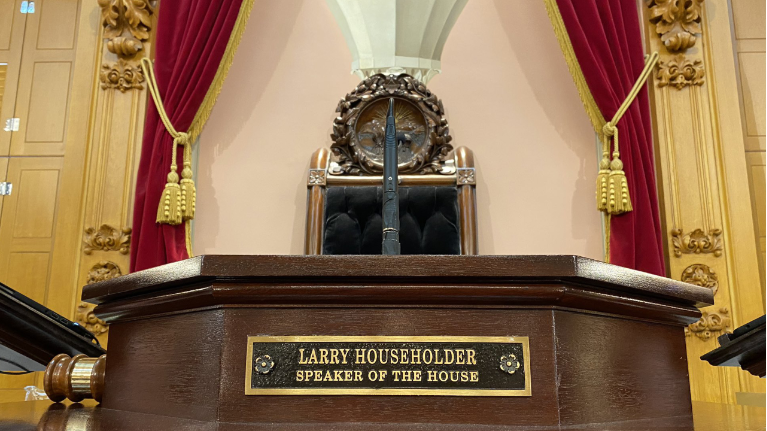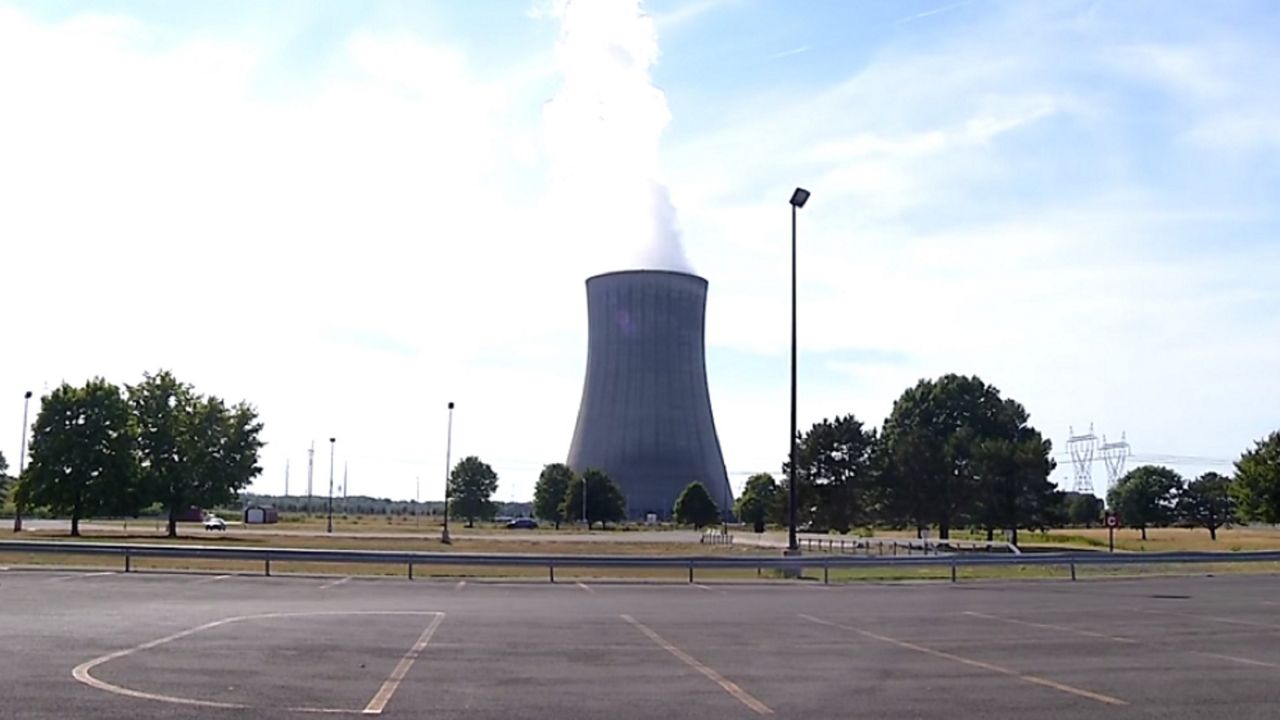This story is reported by The Columbus Dispatch, a Spectrum News partner.
Environmental groups are asking a federal bankruptcy court for Murray Energy Holdings Co. to disclose any potential involvement with Ohio House Bill 6, the nuclear bailout law now tied to a $60 million bribery and racketeering scheme involving indicted former state House Speaker Larry Householder and four associates.
St. Clairsville-based Murray Energy is in the process of providing additional information about how its finances are being reorganized in Chapter 11 bankruptcy proceedings before Judge John E. Hoffman Jr. in the U.S. Bankruptcy Court in the Southern District of Ohio in Columbus. The disclosures were due Wednesday.
“It would be helpful if, when Murray provides its supplemental disclosure, it also disclosed whether or not it had provided money to any of the organizations that are named in the indictment related to HB 6, because there's Company B and Company C. The chatter on the street” is that one of them is Murray, said Margrethe Kearney, a senior staff attorney with the Midwest-based Environmental Law and Policy Center. She is also representing the environmental organizations Ohio Citizen Action and Ohio Environmental Council.
Hoffman has not ruled on the request.
Federal agents arrested Householder and his associates July 21, and they were indicted Thursday by a federal grand jury. They face up to 20 years in prison if convicted of bribery and racketeering for their alleged role in the scheme to bail out two nuclear power plants in northern Ohio with $1 billion in taxpayer money in exchange for millions of dollars in bribes.
Generation Now, a 501(c)(4) social welfare entity which claimed to promote energy independence, was actually a “dark money” distribution operation covertly managed by Householder, according to authorities. The donors were not made public, but “Company A’’ listed in the complaint has been identified as FirstEnergy and its former subsidiary now known as Energy Harbor.
It’s unclear whether Murray Energy CEO Robert Murray, who has donated thousands of dollars to Householder’s campaigns, also funneled money into Generation Now.
Householder began receiving quarterly $250,000 payments in March 2017. The money was funneled into the bank account of Generation Now and spent on Householder’s political bid for speaker, for personal benefit and to back House candidates the donors believed would support Householder, according to authorities.
American Electric Power, also a beneficiary of House Bill 6, has denied involvement in the scandal.
State records show Murray Energy lobbied for HB 6. Federal election records show Murray Political Action Committee donated money to Michigan-based Hardworking Americans Committee, which paid for Householder’s website, larryhouseholderfightsforus.com.
Part of the state law enabled FirstEnergy to keep 1,490 megawatts of coal-fired power generation running at its W.H. Sammis plant near Stratton in eastern Ohio along the Ohio River. Murray Energy supplied coal to that plant, according to trade publications.
Jason D. Witt, Murray’s assistant general counsel and director of land management, declined to comment about the disclosures or the company’s potential involvement with House Bill 6 when contacted by The Dispatch on Wednesday.
Murray filed for bankruptcy in late October 2019, seeking to restructure $2.7 billion in debt. At the time of the initial filing, the company had $8 billion in actual or potential legacy liabilities including pensions. The company has blamed its financial troubles on the shuttering of coal-fired power plants, inexpensive natural gas and the growth of renewable energy.
Environmental attorney Kearney asked Murray to disclose whether the company had contributed to any of the organizations involved in the House Bill 6 bribery indictment, such as Generation Now. Attorneys for Murray pointed to filings in December that indicate all contributions had been disclosed, Kearney said.
“There’s a schedule for each individual debtor. And there are a whole bunch of debtors. And it's really challenging to go through and to try to figure out where those disclosures are,” she said. “So it would be useful if Murray could just say one way or the other, whether or not they provided any funding to any of the entities involved in HB 6. That, I think, is a big deal.”
Ohioans have a large stake in the bankruptcy proceedings.
The state estimates that it would cost more than $200 million to reclaim Murray’s mining sites if the company went out of business as a result of the bankruptcy proceedings and walked away from them. The state has a forfeiture fund to clean up mining sites, but the balance was about $23 million as of June 15. Taxpayers might have to cover the difference.
In terms of Murray Energy’s bankruptcy restructuring and potential buyers, if the company did pay into Generation Now, Kearney said, it could affect its future path.
“I think it adds additional risk of viability going forward. There’s a chance Murray was involved,” Kearney said. “I think we have yet to see all of the facts with the HB 6 issue. I think it's possible that there are actors within companies who could face liability. There are companies that could be held potentially criminally liable.”
bburger@dispatch.com
@ByBethBurger
To get more news and information from this partner, subscribe here










